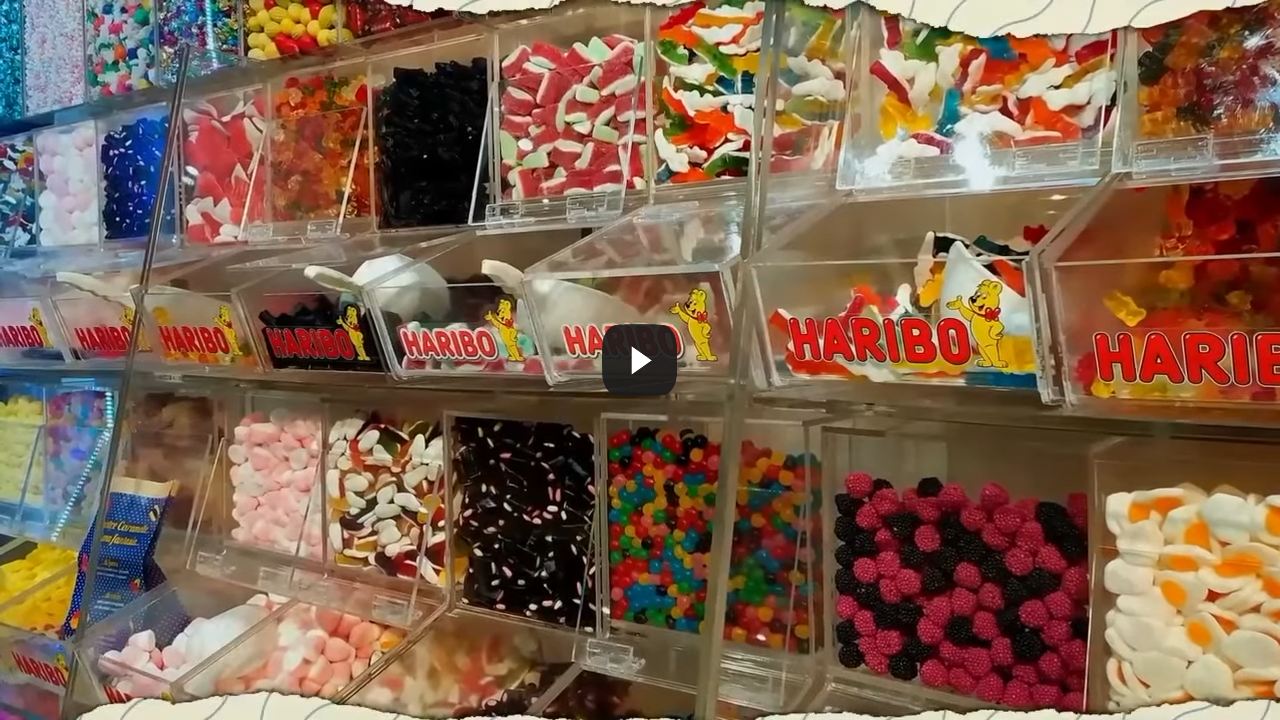This Supply Chain’s Got a Sweet Tooth

Confectionery manufacturing has a long, innovative history that spans many links in the supply chain.
From recipe development to materials innovation to processing to packaging—confectionery manufacturing will be alive and well for as long as people crave sweetness.
The city of Chicago has a rich history of candy-making. From simple coal-powered candy stoves that the Savage Brothers used for their company, commercial candy-making became possible in the 1840s when machines were developed to make candy on a large scale.
Packaging candy took off in the early 1900s and became its own industry. The use of cellophane, foils, wax paper, parchment, and various plastics was added to preserve the candy’s freshness, as well as serve as visual marketing for the product.
(Also Read: More than Just Pretty on the Shelf: Packaging for the Future)
Today, those elements contribute to a massive industry powered by sensory experience. Taste and texture are combined with key visuals that allow us to make the connection between the confection and the experience of it.
We associate numerous candy brands with key moments from our childhood. Specific flavors of candy bars have the power to trigger memories and transport us to happy moments. Distinctive chocolate wrappers have inserted themselves into the popular culture canon. 
Trends and Innovations in Candy
If Willy Wonka were a real person, he would be less of an eccentric magician today and more of a business-savvy, technologically forward pioneer ready to embrace innovations to push the confectionery industry forward.
Global Data’s Technological Foresights say that along with beverage pods, filled confectionery manufacturing is one area of accelerating innovation. This means that it is an area of the industry where innovations are rapidly being embraced and adopted.
There’s a reason for the expression “…like a kid in a candy store”. There’s so much candy out there that when we’re surrounded by its infinite options, we become childlike with wonder, mesmerized, and giddy at all the colors, flavors, and textures that await.
Color. Texture. Flavor. Three core elements that the confectionery manufacturing business constantly keeps innovating. In industry terms, International Confectionery has translated these as “sensory experiences” and “functional ingredients”.
Novelty is one challenge the confectionery manufacturing industry faces. Combined with mandates to reduce waste, lower costs, and increase profit, researchers are tasked with seeking new product concepts and materials that can be applied to a range of confections.
Candy coating is a serious business. The BENEO-Technology Centre are expert in this field. In 2016, its researchers developed concepts such as ReMix, chewing gum with a translucent coating. There’s also Rush, a chewy mint with a sandy coating. These confections were made with isomalt, which replaces sugar.
Health concerns have motivated the confectionery manufacturing industry to look into replacements for sugar, to make products healthier. Many candy manufacturers aim to reduce the sugar content of their candy and use sugar replacements such as saccharine, aspartame, and sucralose. Many manufacturers are now turning towards more naturally derived sugar substitutes such as Stevia and honey.
The Food Institute compiled a list of top candy innovations for the last year. Included in this list are plant-based and dye-free candy, meaning candy that possesses more natural colors and those with natural fruit, vegetable, and algae extracts. Consumers are increasingly diet and environmentally conscious, which extends to the candy they choose to consume. Major candy companies like Hershey’s have responded by releasing plant-based variants of familiar chocolate brands.
Related to the above is the conscious effort of candy makers to lean toward transparency and sustainability. More ethical business practices are valued among medium-to-large-scale candy makers. Some candy companies are mindful of informing consumers about how their products are made and how their ingredients are sourced.
Another growing innovation within the confectionery manufacturing industry is “functional confectionery”, which merges candy and wellness. The industry saw this rise in 2021, when “superfoods” became a buzzword and vitamins started appearing in the form of gummy candies.
According to Data Bridge Market Research, the functional confectionery market is expected to reach a value of USD 2.98 billion by 2029, at a CAGR of 9.10%, during the forecast period of 2022-2029.
When it comes to flavors, it seems that sour is the way to go. To many, sour can be their favorite type of sweet. The popularity of candies like Warheads and sour gummy worms proves that people like the unexpected to pop up in their candy, adding to the fun of experiencing and sharing confections. Extreme sour (and sometimes even spicy) flavors continue to be popular choices for candy among the young and young-at-heart.  As one of the Top 20 EMS companies in the world, IMI has over 40 years of experience in providing electronics manufacturing and technology solutions.
As one of the Top 20 EMS companies in the world, IMI has over 40 years of experience in providing electronics manufacturing and technology solutions.
We are ready to support your business on a global scale.
Our proven technical expertise, worldwide reach, and vast experience in high-growth and emerging markets make us the ideal global manufacturing solutions partner.
Let's work together to build our future today.
Other Blog



